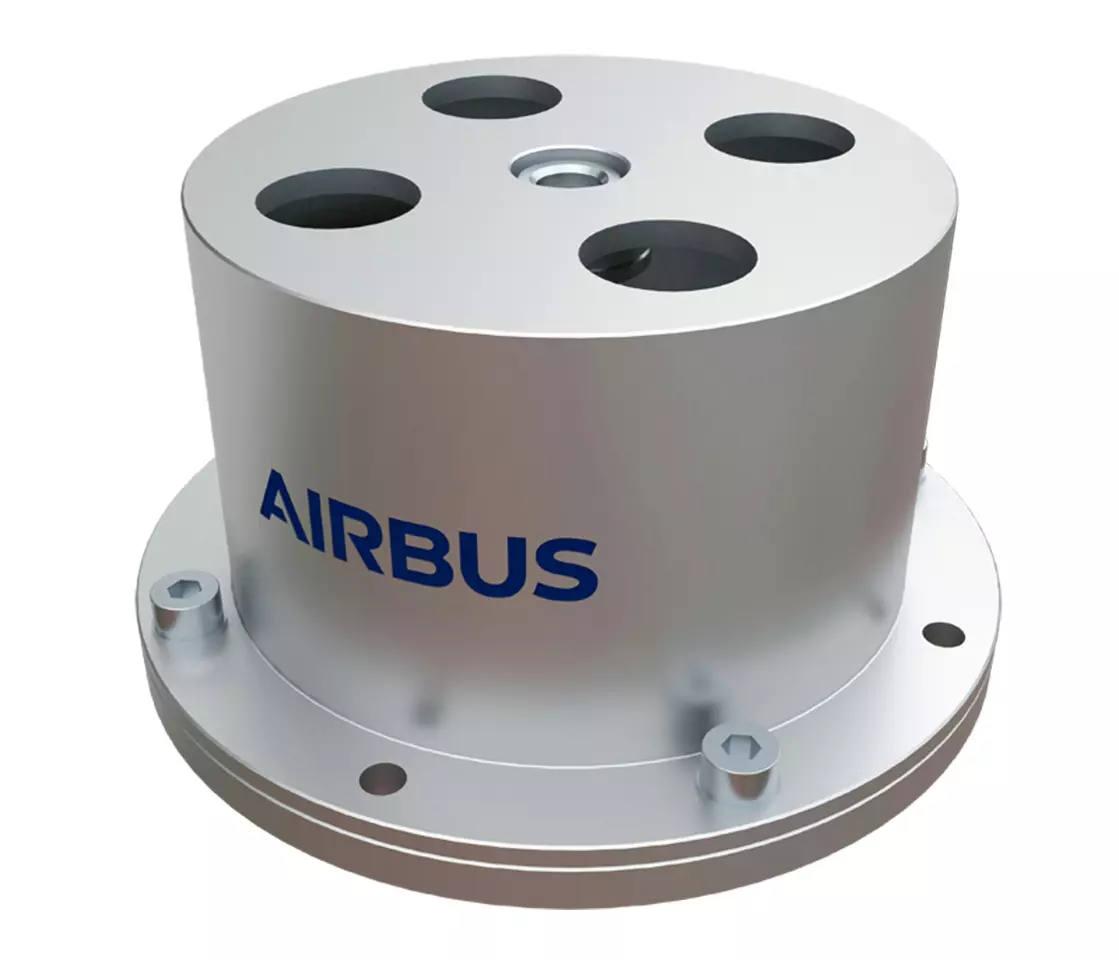To help combat the growing problem of space debris, a CubeSat launched by EnduroSat on November 11, 2023 called Exo-0 includes a 100-g (3.5-oz) device developed by Airbus that uses the Earth's magnetic field to prevent dead satellites from tumbling.
According to the US Space Surveillance Network, there are over 25,000 artificial objects orbiting the Earth. Considering the vast volume surrounding the near-space region of Earth, this is a very tiny number, but most satellites are crowded into a few highly desirable orbits. It's a bit like air and sea lanes. You can travel over most of the Earth's surface and rarely see a ship or plane, but along the busy routes they're as crowded as a motorway.
When two satellites collide, the result is a cloud of shrapnel that greatly increases the chances of more collisions and more damage, referred to as the Kessler syndrome. Since thousands more satellite launches are planned over the next few years, this makes managing space debris a very high priority.

One way to do this is to make sure defunct satellites remain steady because a tumbling satellite is harder for a salvage spacecraft to dock with, and it makes the satellite interact with the tenuous atmosphere unpredictably, resulting in an unstable orbit.
The patented Airbus Detumbler is a simple device that bolts to a satellite and acts as a stabilizing system that requires no external power or propellants. It is simply a housing containing a central rotor wheel and magnets that interact with the Earth's magnetic field.
According to Airbus, under normal circumstances the rotor acts like a compass and orients the dead spacecraft to follow the magnetic field. If the spacecraft starts to tumble, the rotor movement generates eddy currents that act like a friction torque. This dampens the motion and stabilizes the satellite.
The Detumbler is scheduled to be tested in orbit early next year.
Source: Airbus






